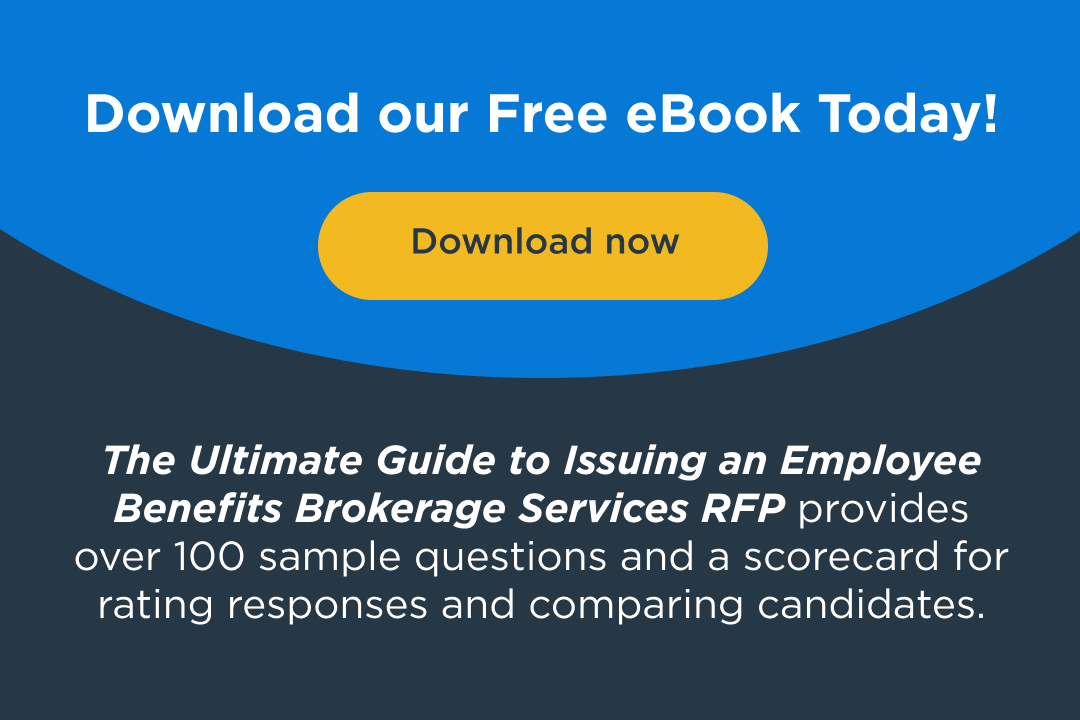How Dependent Eligibility Audits Help Employers Control Benefits Costs Without Alienating Employees
June 2, 2025

For finance and HR professionals tasked with balancing the books while keeping employee benefits competitive, dependent care costs represent a significant budget item—and an under-the-radar opportunity for cost control. One increasingly common, yet often misunderstood tool is the dependent eligibility audit.
When implemented with transparency, compassion, and precision, dependent audits not only cut unnecessary costs but also strengthen the overall integrity of a company’s benefits program. In this post, we’ll explore what dependent audits are, how they work, the potential savings, and how to execute them with the empathy and professionalism today’s workforce demands.
What Is a Dependent Eligibility Audit?
A dependent eligibility audit is a review process in which an employer verifies that each dependent enrolled in a health or welfare plan—typically spouses, domestic partners, and children—meets the eligibility criteria defined by the plan.
Over time, life events such as divorce, aging out, or employment changes can make previously eligible dependents ineligible. However, due to oversight, misunderstanding, or inertia, these dependents may remain on the plan—creating avoidable costs for the employer.
Key audit goals include:
- Ensuring compliance with plan rules
- Aligning with ERISA, IRS, and Affordable Care Act (ACA) standards
- Reducing excess healthcare claims and premium payments
- Promoting fairness across the workforce
Why Audits Are Financially Justified
According to a Mercer survey, ineligible dependents account for 3% to 10% of total enrolled dependents in many employer-sponsored health plans. Considering that the average employer spends between $4,000 to $6,000 annually per dependent, the cumulative waste adds up quickly.
Example:
A 1,000-employee company with 1,500 dependents could be spending over $300,000 a year on ineligible coverage.
These aren’t just hypothetical savings—they’re actual dollars that can be redirected toward richer core benefits, wellness programs, or even offset rising healthcare premiums for everyone.
The Legal and Compliance Imperative
Dependent audits also serve a compliance purpose. Under ERISA and ACA rules, plan fiduciaries must act prudently and solely in the interest of participants. Continuing to cover ineligible dependents, even unknowingly, may breach these fiduciary duties. Furthermore, providing tax-favored coverage to individuals who don’t qualify under IRS definitions may expose employers and employees to tax penalties.
Properly conducted audits protect the company, its leadership, and the integrity of the benefits program.
Approaching Audits With Care: Sensitivity Is Non-Negotiable
While the business rationale is strong, the emotional and relational risk is real. HR professionals must recognize that asking employees to “prove” their family relationships—especially in blended families, LGBTQ+ households, or non-traditional arrangements—can feel intrusive or accusatory.
Here’s how to minimize friction:
1. Lead with Communication, Not Compliance
Start with a clear, empathetic explanation: the audit isn’t about distrust—it’s about fairness, cost stewardship, and regulatory responsibility.
Sample framing:
“To keep our benefits program equitable, compliant, and sustainable for all employees, we periodically verify that enrolled dependents meet eligibility guidelines. This process helps us ensure that the resources go where they’re intended and that we can continue offering high-quality coverage at a fair cost.”
2. Make Documentation Requirements Clear (and Reasonable)
Outline exactly what documents are needed—marriage certificates, birth certificates, tax returns, court orders—and provide a help desk or hotline for questions. Anticipate challenges for employees who may not have easy access to certain records (e.g., military families, refugees).
Tip: Provide alternatives where possible (e.g., domestic partner affidavits) and don’t over-collect.
3. Use a Trusted Third-Party Auditor
Consider outsourcing the process to firms like Alight, WageWorks, Secova, or PlanSource, who specialize in eligibility audits. These vendors are experienced in high-touch, secure communication and have protocols for employee privacy, appeals, and exception handling.
Outsourcing also helps HR avoid being seen as the “bad guy” and adds objectivity to the process.
Audit Timing: One-Time or Ongoing?
There are three common approaches:
- One-Time Comprehensive Audit
Often performed every 3–5 years, especially before plan renewals or M&A events. - Ongoing Real-Time Verification
Integrates into the benefits enrollment process (e.g., new dependents must submit documents immediately). - Rolling or Targeted Audits
Performed continuously on a subset of the population to spread out the burden and maintain data integrity.
The best approach depends on plan size, budget, and internal capabilities.
Best Practices for a Successful Audit
To ensure the audit process is successful—financially and culturally—consider the following tactics:
- Provide Ample Notice and Grace Periods – Give employees 30–60 days to respond and offer one-on-one support sessions to help navigate documentation.
- Automate and Secure the Workflow – Use secure document upload portals, automatic reminder systems, and data encryption.
- Prepare for Exceptions – Create an appeal or exception review committee. Some legitimate dependents may lack traditional documentation. Apply common sense and compassion.
- Communicate Outcomes – After the audit, summarize the findings at a high level: number of dependents verified, cost savings, and future plans. Transparency builds trust.
The ROI: Financial and Cultural Gains
Aside from potential six- or seven-figure savings, audits reinforce your company’s commitment to fiscal responsibility, benefits fairness, and compliance.
Many employers report secondary benefits:
- Better data accuracy across HRIS and payroll systems
- Increased awareness of benefits eligibility rules
- Greater employee understanding of plan costs
Just as importantly, when handled professionally, dependent audits do not lead to mass dissatisfaction or loss of trust. In fact, most employees want their benefits programs to be protected from abuse or error—provided they’re treated with respect.
Final Word: Fair, Firm, and Human
Managing benefit costs in today’s labor market is about more than negotiating rates—it’s about optimizing every dollar spent. Dependent eligibility audits offer a rarely tapped well of savings that doesn’t reduce employee access or satisfaction.
That said, the tool must be used with care. A poorly executed audit can backfire. But a well-managed one? It can enhance your benefits program’s integrity, lower unnecessary costs, and reinforce a culture of transparency and fairness.


